20 Signs Your Dog Is Not Happy With You
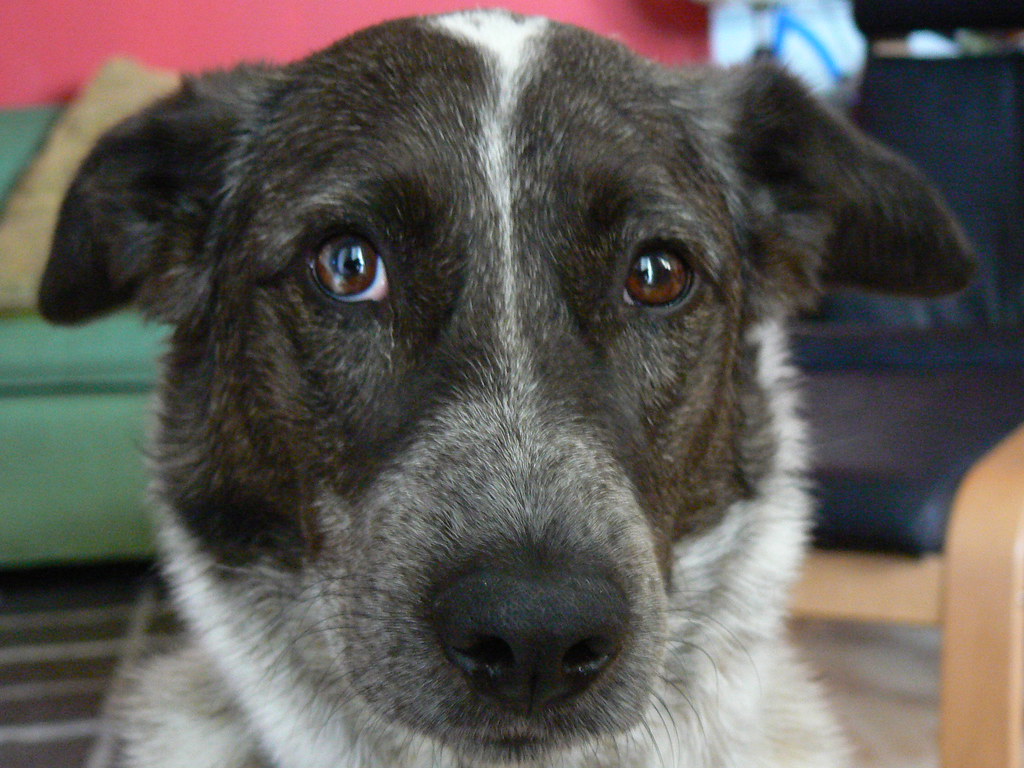
Dogs can’t talk, but they sure know how to show us what they’re feeling! When dogs are happy, they’re playful, relaxed, and affectionate. But when they’re feeling stressed, upset, or even a little mad at us, they have their own ways of letting us know. Here are 20 signs your dog might not be entirely happy with you.
Avoiding Eye Contact

Dogs that feel safe and happy will often look directly at you. If your dog starts avoiding your gaze, looking away, or even turning their head when you try to make eye contact, they might be feeling uneasy or disconnected. Avoiding eye contact can be a sign that they’re uncomfortable with recent interactions or something in their environment. Try using calm, gentle tones to re-establish trust and help them feel secure.
Yawning a Lot

Yawning isn’t just a sign of being sleepy; dogs also yawn as a way to calm themselves down in stressful situations. If you notice your dog repeatedly yawning in situations where they don’t seem tired—like when you’re trying to engage with them or during training sessions—it could be their way of saying they’re feeling tense, anxious, or even a little overwhelmed by what’s happening.
Turning Their Body Away

If your dog starts turning their body or head away from you, it can be their way of saying, “I’m not comfortable right now.” This is a form of avoidance behavior and usually means they’re not entirely happy with something you’re doing. Dogs will often turn away to avoid confrontation, so this gesture can be a subtle sign that they’re not feeling secure or are even slightly irritated.
Excessive Licking (Without Food Around)
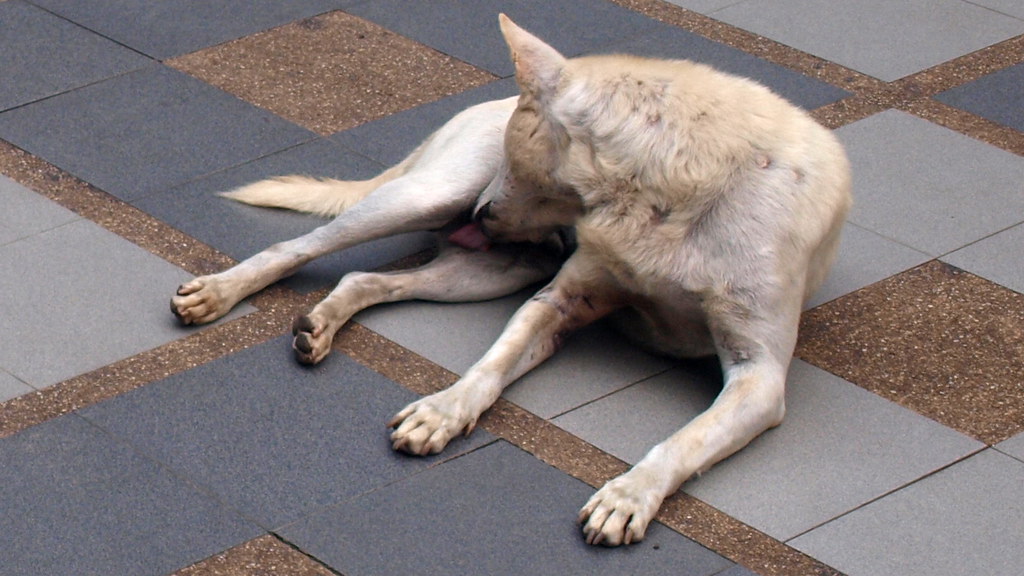
Dogs may lick their lips or nose to soothe themselves, especially when they’re feeling anxious or uncomfortable. This isn’t the same as licking in response to food—if they’re licking excessively without food in sight, they’re likely trying to self-soothe. Pay attention to when this behavior happens; it could mean they’re feeling pressured or nervous in specific situations or around certain people.
Tail Tucked Between Their Legs

A tucked tail is a classic sign of fear or insecurity. When a dog tucks their tail between their legs, they’re protecting their vulnerable areas and showing they feel unsafe. If this happens around you, it may indicate they’re not feeling confident or comfortable in your presence, especially if this is a new behavior. Approach them slowly and with a soft voice to help ease their nerves.
Not Wanting to Be Petted

Dogs that are happy and relaxed generally enjoy being petted by their owners. But if your dog is pulling away, turning their head, or otherwise avoiding your touch, they may be feeling uncomfortable or even stressed around you. This could stem from a negative experience or simply an indication that they’re not in the mood for affection. Respecting their boundaries can help rebuild trust and make them more comfortable over time.
Frequent Sighing or Groaning

Dogs sometimes sigh or groan to release tension, but if it happens often, it could signal frustration or dissatisfaction. If your dog sighs or groans when you approach, during interactions, or when you ask them to do something, it may mean they’re feeling a bit fed up or are not completely content. Observing their body language can give clues about what’s making them feel this way.
Growling or Barking at You
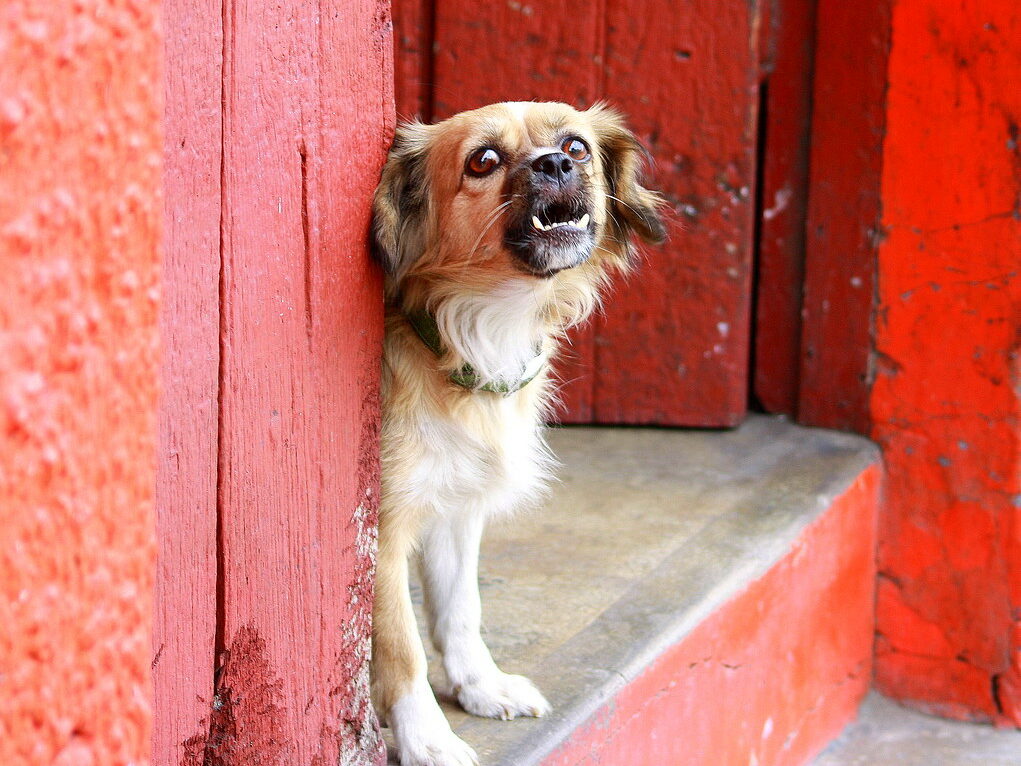
Barking or growling at you—especially if it’s out of character—can be a way for your dog to express discomfort, annoyance, or even a little frustration. They may feel crowded, uneasy, or stressed by a recent interaction or change in routine. Rather than reprimanding them, try giving them space and observing if any recent changes might be making them uncomfortable.
Acting Tired or Withdrawn

Dogs that are usually playful but start acting withdrawn or low-energy may be feeling emotionally down or even physically unwell. Dogs often react to stress, sadness, or frustration by becoming more subdued. If your dog seems uninterested in their usual activities or prefers to stay away from you, it might be worth considering if they’re feeling left out or neglected in some way.
Trembling or Shaking

Shaking or trembling can be a response to fear, stress, or nervousness. If your dog trembles when you approach or during specific situations, it’s a clear sign they’re feeling uneasy. This reaction is often linked to past negative experiences, loud sounds, or sudden movements. A calm, consistent routine can help them feel safer and more secure over time.
Skipping Meals or Treats

Dogs that lose interest in food or treats may be feeling stressed, unhappy, or even physically unwell. A dog’s appetite often reflects their mood, so if your dog starts skipping meals, it might be a sign they’re feeling emotionally or physically off. Try offering smaller, high-reward treats and observe if there’s something in their environment that could be causing stress.
Destroying Things in the House

If your dog begins chewing furniture, ripping up cushions, or digging excessively, it could mean they’re bored, frustrated, or feeling ignored. Dogs need stimulation and attention, and when they don’t get enough, they sometimes act out to release pent-up energy or to get noticed. Ensuring they have toys, exercise, and engagement can help curb this destructive behavior.
Pacing or Restlessness
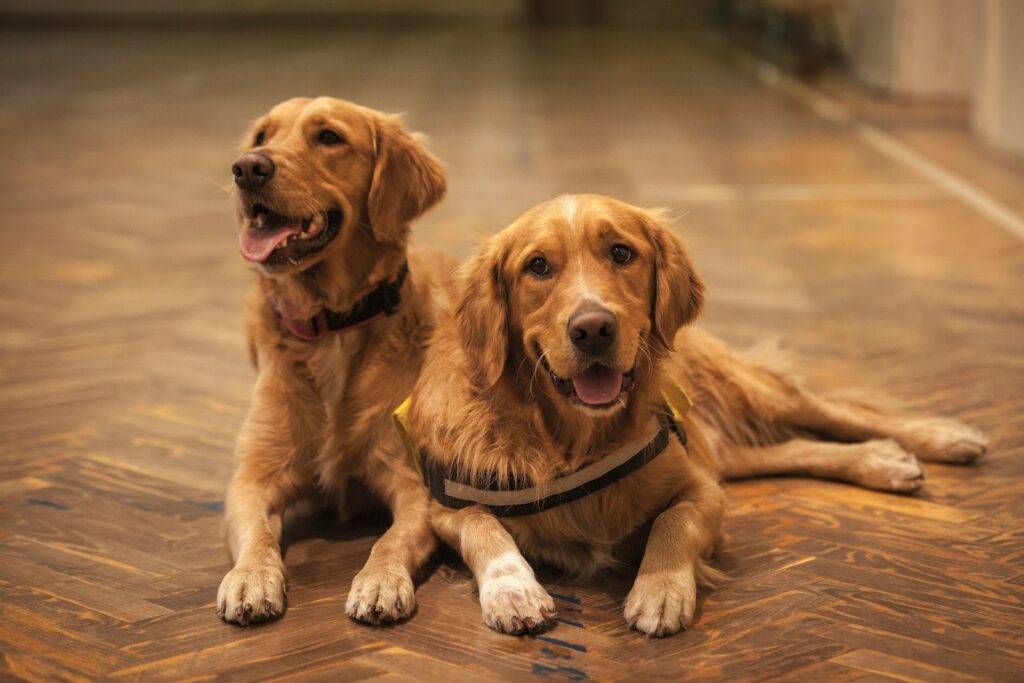
Pacing or acting restless is often a sign of stress or anxiety in dogs. If your dog can’t seem to relax and paces around, especially in your presence, it could mean they’re feeling uneasy or unsettled. Pacing often happens when dogs are in an environment where they don’t feel secure or when they’re not getting the reassurance they need.
Scratching or Grooming Excessively
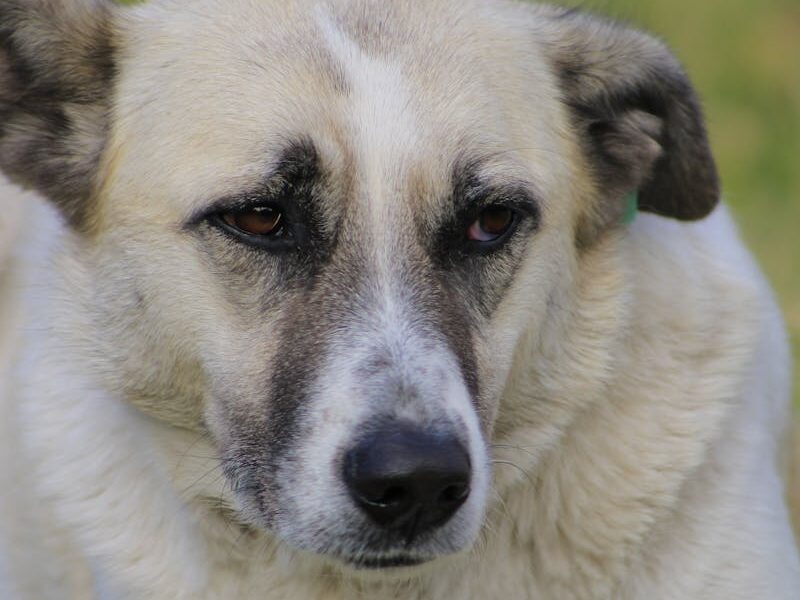
Excessive scratching, licking, or grooming is often a dog’s way of relieving tension. If your dog is constantly grooming themselves, especially in stressful situations, they’re likely trying to self-soothe. Excessive grooming can also indicate an underlying anxiety, so it’s a good idea to observe what might be triggering this stress and help create a calming environment for them.
Ignoring Your Commands

If your dog suddenly starts ignoring commands they usually follow, it could mean they’re feeling disconnected or even a bit resentful. Dogs that feel bonded and happy with their owners are typically responsive. A shift in their responsiveness might be their way of signaling frustration or lack of motivation, especially if they’re not feeling particularly engaged.
Hiding or Staying in a Different Room
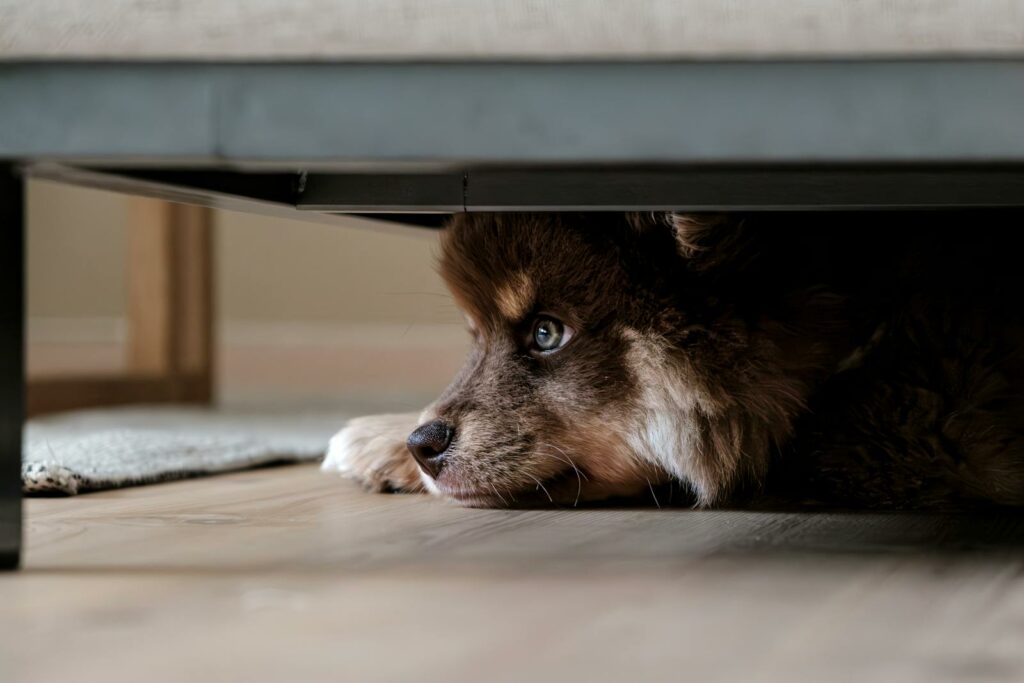
When dogs are feeling insecure or unhappy, they may retreat to another room or even try to hide. This can be a sign that they’re feeling stressed or uncomfortable around you, especially if this is unusual for them. If your dog starts hiding or distancing themselves, it might be worth examining if recent changes at home or interactions are affecting their comfort level.
Excessive Drooling
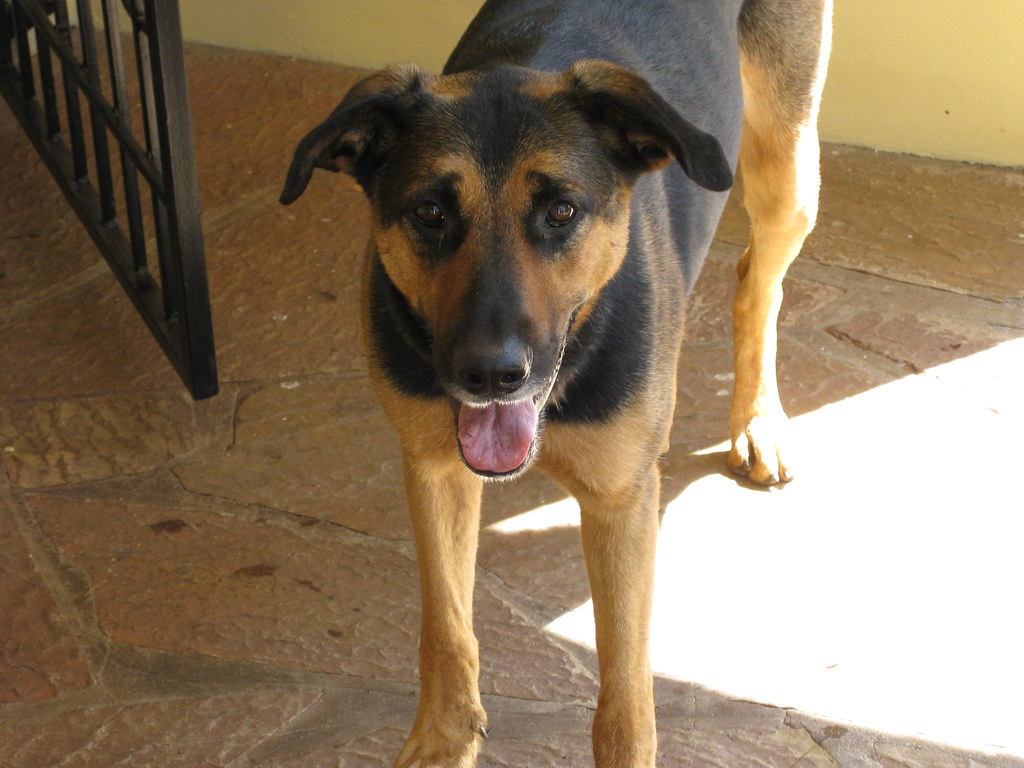
Drooling can happen when dogs are stressed, nervous, or uneasy—especially if they’re drooling without any food or treats around. If you notice your dog drooling excessively during certain situations or interactions, it could be a sign they’re feeling anxious. Providing a calm, quiet environment can help them feel more at ease and reduce drooling.
Panting When They’re Not Hot

Dogs pant to cool down, but if your dog is panting heavily in a cool, calm environment, it could mean they’re feeling stressed or anxious. This behavior often occurs during high-stress situations, like being around unfamiliar people, sounds, or changes in routine. If they’re panting around you unexpectedly, it might be worth exploring if something is causing them worry.
Becoming More Vocal (Whining, Whimpering)

If your dog starts whining or whimpering more than usual, it could mean they’re feeling uneasy, stressed, or unhappy. Dogs often use vocalizations to communicate discomfort or a need for reassurance. Whining or whimpering is their way of saying they’re not entirely comfortable, so pay attention to what might be bothering them.
Clinginess or Needing Constant Attention
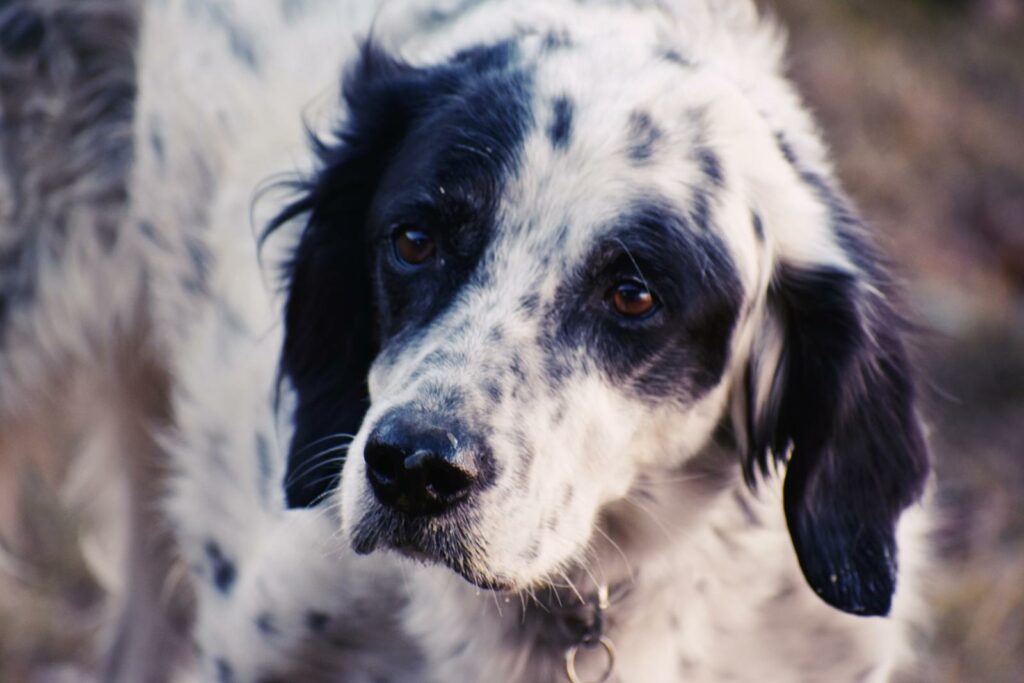
Dogs that suddenly become clingy or follow you everywhere may be feeling anxious or insecure. While some dogs are naturally close, a sudden need for constant attention can signal they’re looking for comfort or reassurance. This behavior often arises when dogs feel disconnected, anxious, or unsure, so providing them with extra comfort can help rebuild their confidence.





